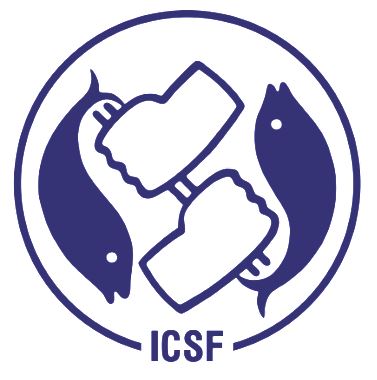Dryden, Howard and Duncan, Diane (2022) Climate disruption caused by a decline in marine biodiversity and pollution. International Journal of Environment and Climate Change, 12 (11). pp. 3415-3436. ISSN 2581-8627
Full text not available from this repository. (Request a copy)Abstract
The world has focused on carbon mitigation as the only solution for climate change. This discussion paper considers how marine biodiversity regulates the climate, and the factors that control marine biodiversity. The main Greenhouse Gas (GHG) is water vapor, which accounts for 75% of all GHGs; the second most important is carbon dioxide, followed by methane and particulates such as black carbon (BC) soot. The concentration of water vapor in the atmosphere is regulated by air temperature; warmer conditions lead to higher evaporation, which in turn increases the concentration of water vapor, the Clausius-Clapeyron relation. This means that as the oceans and atmosphere warm, a selfreinforcing feedback loop accelerates the evaporation process to cause further warming. It is not considered possible to directly regulate atmospheric water vapor. This explains why climate change mitigation strategies have focussed primarily on reducing carbon dioxide emissions as the means to reduce water vapor. This report concludes that the current climate change mitigation strategy will not work on its own because it depends on decreasing the concentration of atmospheric carbon dioxide and on the assumption that water vapor is only regulated by temperature. 71% of planet Earth is covered by an ocean that has a surface microlayer (SML) between 1 µm and 1000µm deep, composed of lipids and surfactants produced by marine phytoplankton. This SML layer is known to promote the formation of aerosols and clouds; it also reduces the escape of water molecules and slows the transfer of thermal energy to the atmosphere. The concentration of water vapor is increasing in our atmosphere, and 100% of this increase is evaporation from the ocean surface; water vapour from land systems is decreasing. This means that the oceans are almost entirely responsible for climate change. The SML layer attracts toxic forever, lipophilic chemicals, microplastics and hydrophobic black carbon soot from the incomplete combustion of fossil fuels. Concentrations of toxic chemicals are 500 times higher in this SML layer than in the underlying water. Toxic forever chemicals combined with submicron and microplastic particles and black carbon particulates are known to be toxic to plankton. Marine primary productivity or phytoplankton photosynthesis may have declined by as much as 50% since the 1950s. Reduced phytoplankton plant growth equates to a degraded SML membrane, reduced carbon assimilation, and higher concentrations of dissolved carbon dioxide in ocean surface water, which accelerates the decline in ocean pH. The key phytoplankton species responsible for the production of the SML layer are the first to suffer from pH decline, a process called “ocean acidification”. Ocean acidification will lead to a regime shift away from the key carbonate-based species and diatoms below pH 7.95 which will be reached by 2045. The SML layer will decrease, allowing evaporation and atmospheric water vapor concentrations to increase. A reduced SML layer will lead to fewer aerosols, cloud formation and precipitation, as well as increased humidity and temperature. When clouds form under these conditions, the higher humidity will cause torrential downpours and flooding. The result could be catastrophic climate change, even if we achieve net zero by 2050. In parallel, ocean acidification and the collapse of the marine ecosystem could also lead to the loss of most seals, birds, whales, fish, and food supply for 3 billion people
| Item Type: | Articles |
|---|---|
| Keywords: | Climate Change, Marine Biodiversity, Pollution, Plankton, Marine Pollution, Ecosystem, Greenhouse Gas |
| Subjects: | Biodiversity Disasters and Climate Change |
| Depositing User: | Vivek D ICSF |
| Date Deposited: | 17 Nov 2023 05:12 |
| Last Modified: | 17 Nov 2023 05:12 |
| URI: | http://icsfarchives.net/id/eprint/19884 |
Actions (login required)
 |
View Item |


